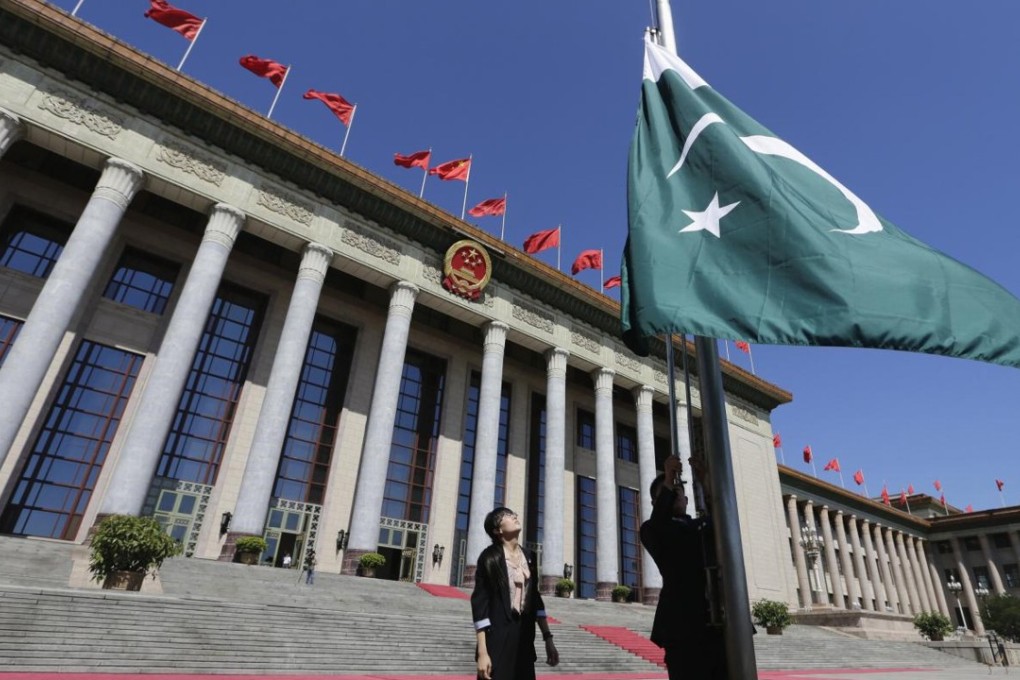Pakistan looks to China for fresh loans of up to US$2 billion
Increased lending comes as US cuts aid to the country and Islamabad scrambles to shore up plummeting forex reserves

Pakistan expects to obtain fresh Chinese loans worth US$1-2 billion to help it avert a balance of payments crisis, Pakistani government sources said, in another sign of Islamabad’s growing reliance on Beijing for financial support.
Lending to Pakistan by China and its banks is on track to hit US$5 billion in the fiscal year ending in June, according to recent disclosures by officials and Pakistan finance ministry data reviewed by Reuters.
The ramp-up in China’s lending comes as the United States is cutting aid to Pakistan following a fracture in relations between the on-off allies. In February, Washington led efforts that saw Pakistan placed on a global terror financing watch list, drawing anger in Islamabad amid fears it will hurt the economy.
The new Chinese loans that are being negotiated will help bolster Pakistan’s rapidly depleting foreign currency reserves, which tumbled to US$10.3 billion last week from US$16.4 billion in May 2017.
The talks come only weeks after a group of Chinese commercial banks lent US$1 billion to Pakistan’s government in April.